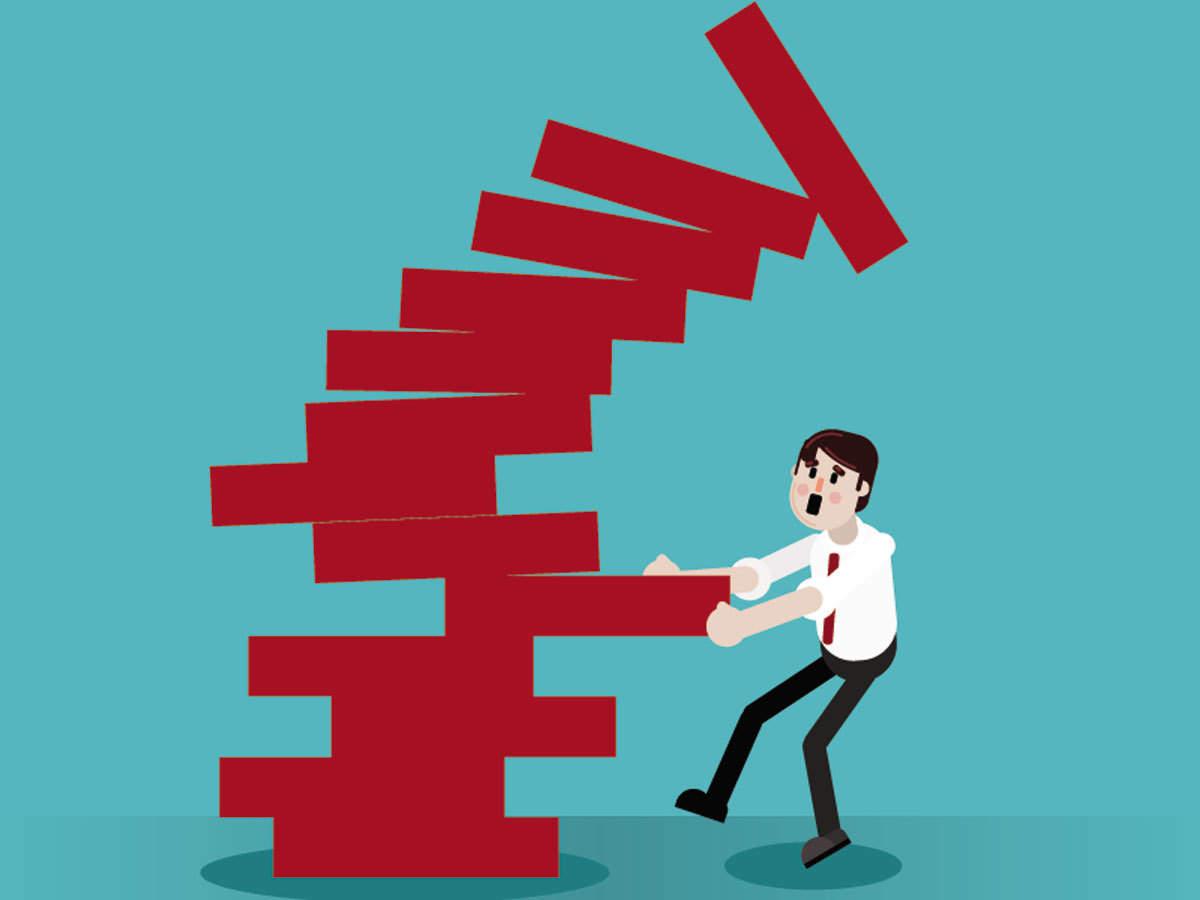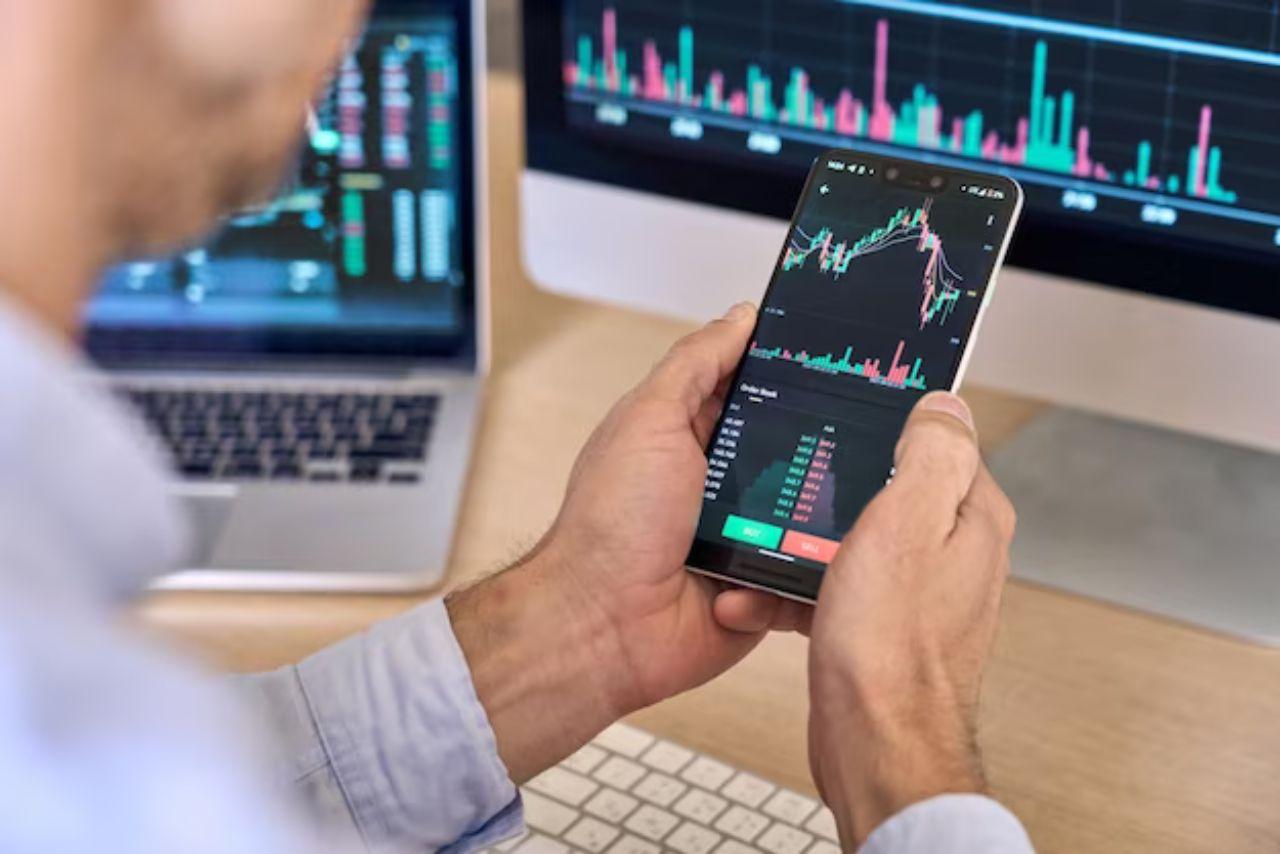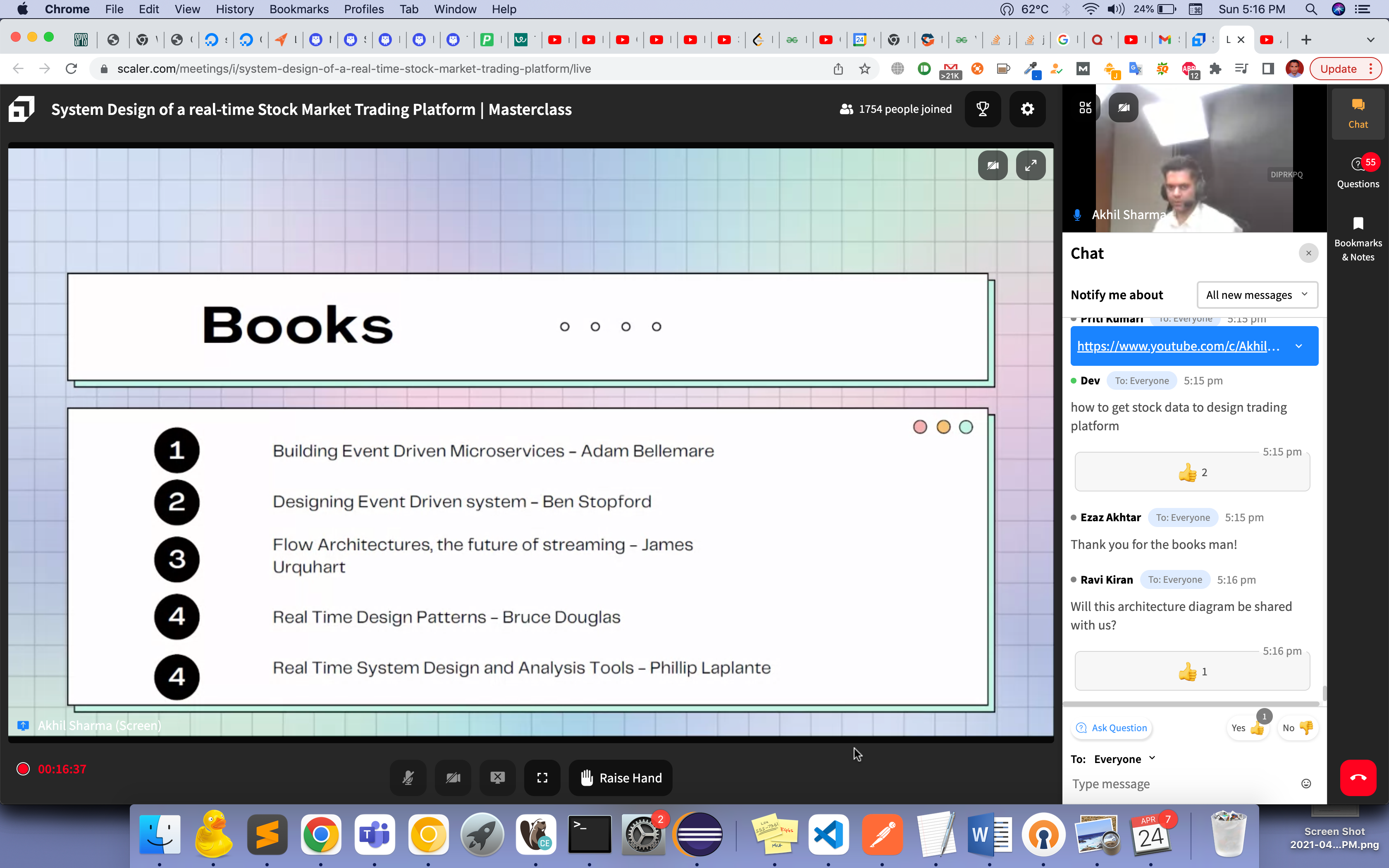
Disruptions in the market can affect a corporate entity in many ways. As a corporate entity, you should track the market situation closely and identify the changes. Besides monitoring the market, you also need to adapt to these changes. If corporate entities do not adapt to the market changes, business continuity can decline. Do you know about the changes in the market caused by the recent COVID pandemic? If not, you need to keep an eye on the market changes from now on. Read on to know the impact of market volatility on credit risks and research.
Understanding credit risks, credit research, and market volatility
Before you know the impact of market volatility on credit risk, you should know the logical definitions. Market volatility is the sharp rise and fall in the prices of bonds, shares, and even products in the market. In short, market volatility is directly related to the unpredictability in the market. Corporate entities and banks analyze the possible returns for a market index. When market volatility is high, there are disruptions in the possible return value. Market experts cannot determine the future returns when a market is highly volatile. For example, the recent COVID pandemic gave birth to uncertainty in the market, thus increasing the market volatility.
Do you know what are credit risks? In the finance sector, credit risk come into play when a borrower fails to repay the borrowed money. For example, consider a company that offers microloans to people. There is always a credit risk associated with the company if its customers fail to repay the loan amount. In the corporate world, bond issuers can also fail to make payments which, is a type of credit risk.
As a corporate entity, you should be familiar with credit research. Companies evaluate the bond/interest rates with credit research. It can also be called a direct competition between companies. The creditworthiness of various entities is to be identified for better business deals. It included analyzing the creditworthiness of customers, private/public firms, and financial institutions. It often paves the way to identify credit risks in the market for any particular corporate entity.
Impact of market volatility
When market volatility is high, research analysts find it hard to determine the future returns/prices. Corporate entities have a hard time identifying the credit spread which, is the difference between returns from different debt instruments. During the recent COVID pandemic, market volatility became high. As a result, interest rates came down and, cheap lending opened the door to new credit risks. Besides interest rates, there was a significant fluctuation in the price of bonds/shares.
The creditworthiness of customers cannot be identified when there is high market volatility. Customer earnings also get impacted during changes in the market. As a result, a corporate entity has to rethink the creditworthiness of its customers.
Conclusion
Firms should have expert research analysts that could monitor the market closely. More market changes can arrive in the post-COVID era. Start understanding the impact of market volatility on credit risks!
Also read about:
Hospitality Bookkeeping Software Used by Successful Hoteliers
Pregnancy and Pelvic Floor Physiotherapy Supporting Womens Well being
Manual Therapy Techniques in Treating Acute Non Specific Back Pain










